Yoga Asana of the day: Urdhva Mukha Svanasana (Upward Facing Dog)
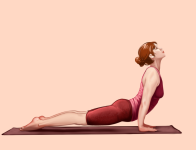
Illustration by @Heather (click to enlarge)
Begin lying on stomach. Feet are about one foot apart with toes pointing straight back. Place your palms on each side of your waist with fingers pointing forward (to your head). Inhale and raise your head and torso like you are going into cobra pose, but also raise your pelvis and thighs, keeping your knees off the floor. Keep your glutes and legs engaged, your weight will be on your hands and toes (the tops of your toes which are pressing into the floor, as shown in the illustration above). Press your chest forwards.
Feel a stretch through your chest, abdominals, and entire legs. Have your head back at a comfortable position for you. Your arms will be fully engaged to support your weight. Stay in this pose as long as comfortable, breathing deeply.
To release, bend your elbows and relax your legs then your torso onto the floor.
Benefits: This pose is very healthy for the spine and back, and treats sciatica and lumbago. The lungs are expanded, and blood circulation is brought to the pelvic region.

Illustration by @Heather (click to enlarge)
Begin lying on stomach. Feet are about one foot apart with toes pointing straight back. Place your palms on each side of your waist with fingers pointing forward (to your head). Inhale and raise your head and torso like you are going into cobra pose, but also raise your pelvis and thighs, keeping your knees off the floor. Keep your glutes and legs engaged, your weight will be on your hands and toes (the tops of your toes which are pressing into the floor, as shown in the illustration above). Press your chest forwards.
Feel a stretch through your chest, abdominals, and entire legs. Have your head back at a comfortable position for you. Your arms will be fully engaged to support your weight. Stay in this pose as long as comfortable, breathing deeply.
To release, bend your elbows and relax your legs then your torso onto the floor.
Benefits: This pose is very healthy for the spine and back, and treats sciatica and lumbago. The lungs are expanded, and blood circulation is brought to the pelvic region.


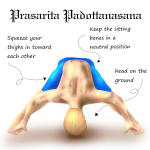
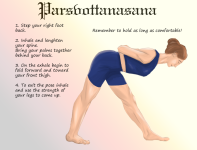
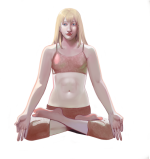
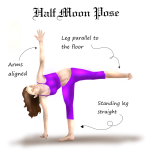
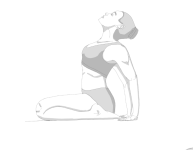
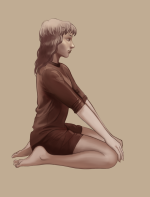
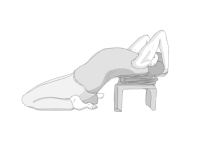


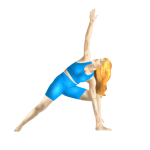
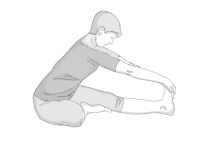
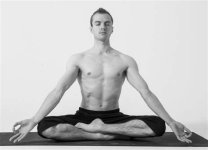



Reactions: Dragonheart666, AristocraticDragon666, High Priestess Lydia and 1 other person